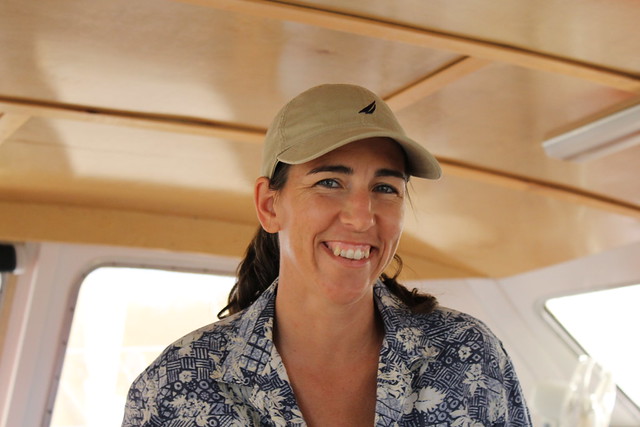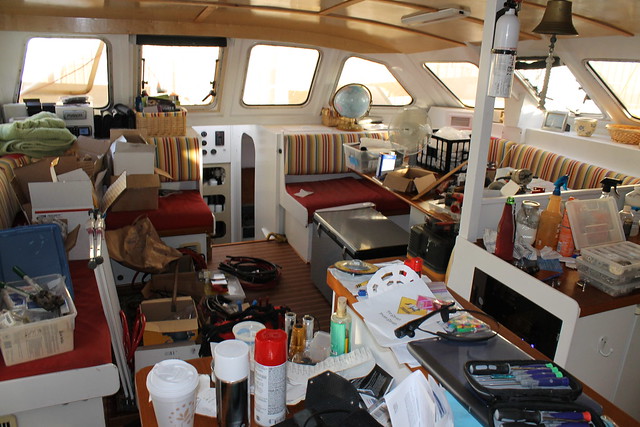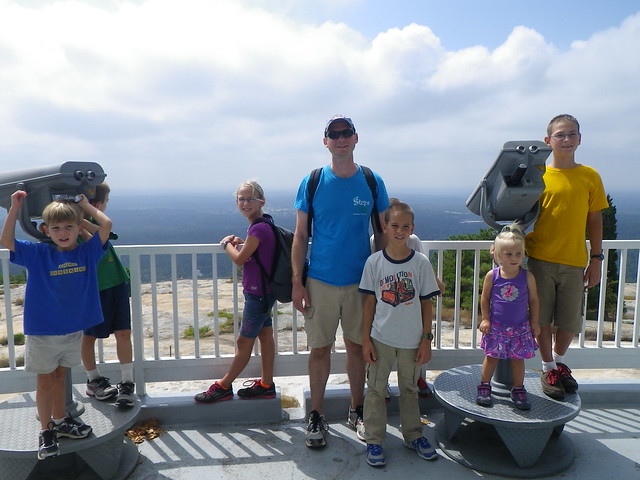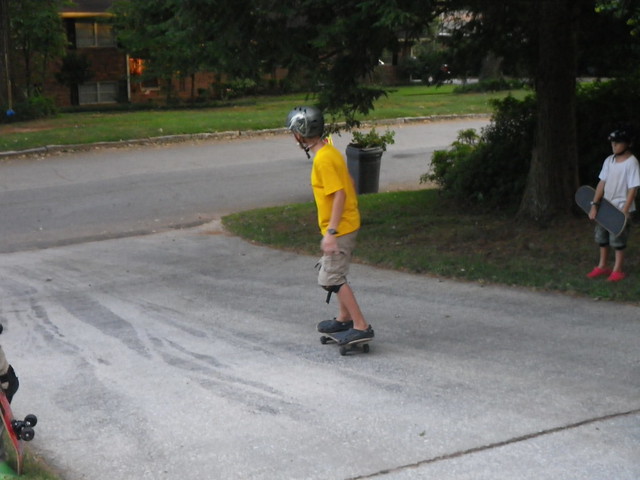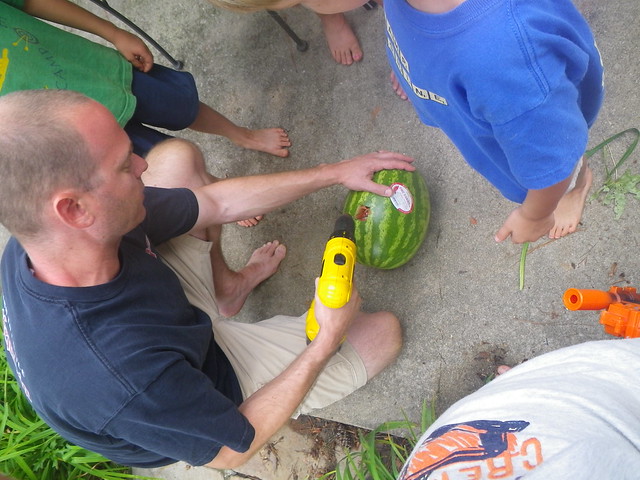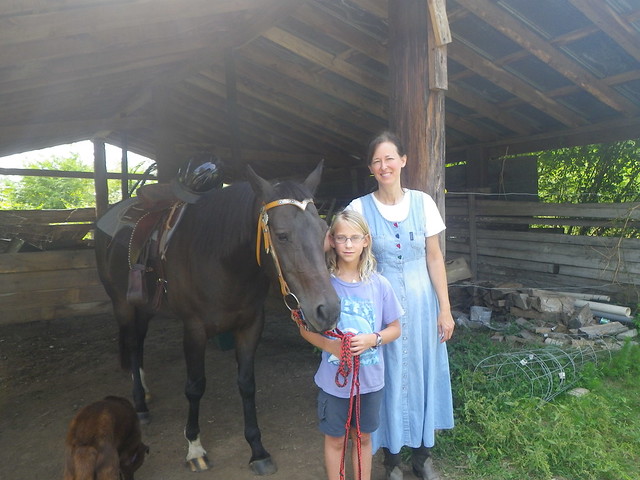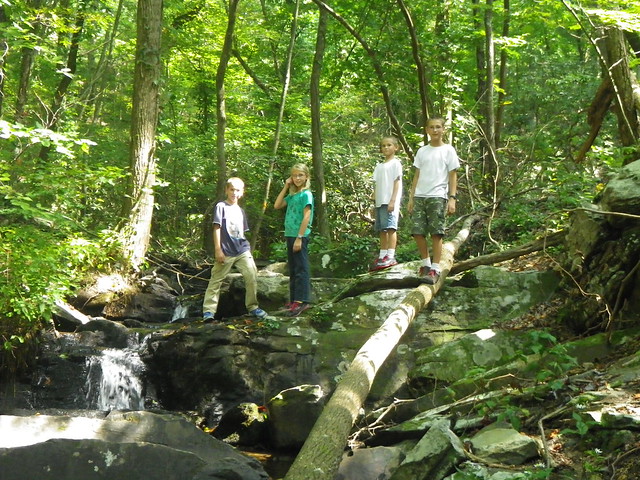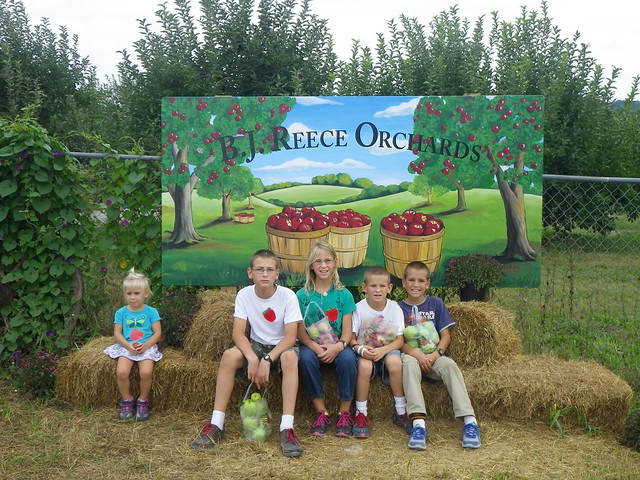Do we ever! And boy do we get crabby. People always express amazement that we have chosen to live in a small space with five kids. “How do you do it?” they ask, rhetorically. I try to answer honestly: “Not very well, I’m afraid. It’s been raining for three days straight and we’ll be lucky to survive.”
The irony of living on a boat is that although the living space is technically small, it seems huge: we have the whole outdoors at our fingertips: islands to explore by dinghy, kayaks to take into back waters, an open expanse of sea and sky, the cockpit or foredeck in nice weather, and sometimes a dock and shoreside places to go. But when it rains or gets cold, as it has done a lot recently, the world shrinks to a 15 x 12 x 6-foot room, and seven people fill that space pretty quickly. Jay sits at his computer at the desk, I am usually in the galley, Rachel is playing on the floor, and the big kids are doing school or playing games at the table. If we need to retreat down into the hulls, there’s more space and privacy to be had, but for some reason, we all congregate in the main salon and proceed to step on each other’s’ toes and nerves.
In order to stave off boredom and keep ourselves cheerful, we roll up the rug and play Twister. We read aloud. We play board (bored?) games, long ones like Monopoly and Risk. We watch movies. We bake things. But sometimes, we just bicker and glare at each other and get annoyed. We say things like, “I understand it’s been three days since you ran around. But you have to sit down and be quiet anyway.”
If we get desperate to get off the boat, we put on foulies and brave the elements. Last week, for example, we took the waterproof backpack to the library to get some books. It seemed simple enough. The forecast called for “light rain.” HA! While we were at the library it rained buckets and buckets—ten inches in just a few hours. We watched cars stall as they tried to leave the downtown area, which had turned into a grid of canals. There were Class III rapids outside the library front doors as the rainwater headed for the Indian River Lagoon. So we waited for the downfall to lessen, for some of the water to drain off. We waited a long time, fruitlessly. In the end, we rolled up our pant-legs, carried Rachel (so she wouldn’t be swept away) and waded out to our car. We got out of there with no problems, but we were cold and wet when we got back to the boat. The silver lining was that once we changed clothes, there was a pile of really good books to go through, a whole afternoon’s entertainment. And at least it wasn’t snowing.
Finally, when all else fails, we compromise our old-fashioned values and resort to playing video games. Sometimes we even let the children play, too. I know it’s perfectly normal for kids nowadays to stare at tiny moving figures on a screen for hours on end, exercising little else but their thumbs, but we have never aspired to be normal. We typically view our computers as tools, to be used for learning or working. The kids are allowed to use computers for Rosetta stone, BBC’s Dance Mat Typing, computer programming, LEGO Digital Designer, math and spelling games, Rocksmith guitar lessons, and research for writing or art projects. When the work is done, the kids can earn a few minutes (and I mean a very few) on Coolmathgames.com or Microsoft’s Combat Flight Simulator. But on rainy days, or long, cold weekends, we relax the rules. I know it isn’t going to turn them into zombies (right away), but I really hate to see their little staring faces lit by the creepy bluish light. They cluster around the flickering screen like cavemen around the fire. Our intention is to develop their appetites for more enriching and social activities, but when we’re all packed in like sardines for days on end, what we really want is a little peace and quiet.

